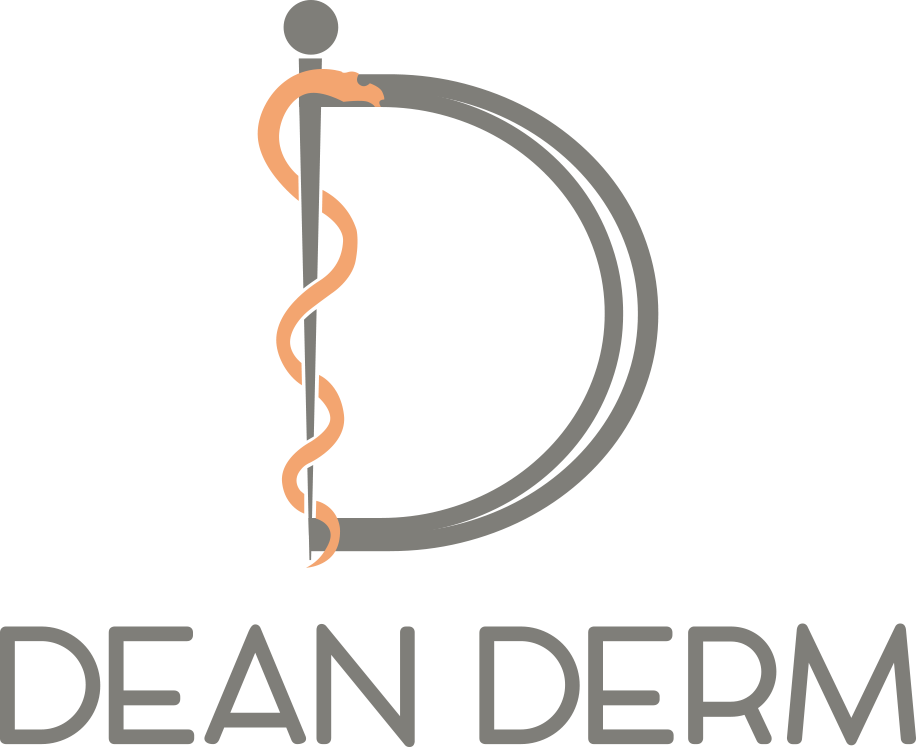 I had never heard the term “hair envy” before a friend of mine mentioned this after exclaiming how long my hair had gotten since I last saw her. It made me think, “What had I done differently to my hair?” I had begun PRP scalp injections about 6 months prior.
I had never heard the term “hair envy” before a friend of mine mentioned this after exclaiming how long my hair had gotten since I last saw her. It made me think, “What had I done differently to my hair?” I had begun PRP scalp injections about 6 months prior.
While attending a dermatology conference in New York City last winter, I listened to a lecture by a cosmetic dermatologist who showed impressive before & after photos of patients receiving PRP scalp injections. Most of these patients had female pattern hair thinning (thinning on the crown of the scalp often manifesting as a widened hair part).
Hair thinning is often multifactorial, meaning there is more than one cause that is contributing to the hair loss. Genetics, hormones, illness, medications, diet, vitamin deficiencies, and autoimmune conditions are some of the more common contributing factors. Treatment of hair thinning often requires multiple treatment modalities and still the response to treatment may be disappointing. When I learned about PRP, I was thrilled to have another treatment option that has shown improvement of thinning hair in so many patients.
I had not noticed a widened part on myself, but I had a chronic form of increased hair shedding called telogen effluvium since my youngest daughter was born 4 years ago. I began having PRP scalp injections on myself monthly for 3 months then a maintenance treatment every 3-6 months. It is incredible how the hair shedding decreased to a minimum and my hair has grown!
PRP (platelet rich plasma) is an all-natural treatment that comes from the patients themselves. What do I mean by this? When a patient has a procedure with PRP, their blood is drawn in the office and spun in a centrifuge, which separates the patient’s plasma (liquid portion of the blood) from the blood cells. The patient’s plasma, which contains their own platelets and growth factors (PRP), is then injected into the scalp to stimulate the hairs to grow.

Recent Comments